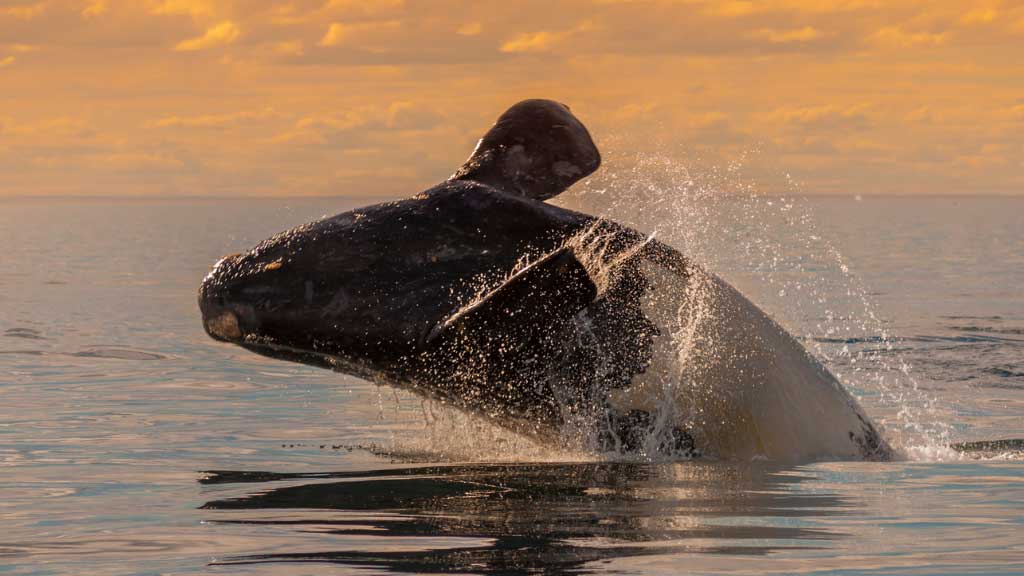
EPIC students redesign lobster traps to save right whales
A team of students making up the first cohort at the UMaine Experiential Learning Innovation Central (EPIC) redesigned lobster trapping mechanisms in order to protect right whales.
Guided by faculty mentors Jason Bolton, John Belding, and Ali Abedi, the team included Hannah Milne, a first-year chemical engineering student; Alexis Bader and Benjamin Swanson, students both studying mechanical engineering.
According to the team, right whales are getting tangled in the lobster trap ropes because they are color blind and cannot see any color except bright red. Given that the North Atlantic right whale is endangered, with fewer than 400 left in the wild, preventing them from getting tangled is crucial to their survival.
“Our goal is to create an effective solution to prevent the entanglement of the right whales that can be completed in 12 months so that the lobstermen don’t lose out,” says Milne. The students spoke to lobstermen to understand how they fish, to help them think of multiple ways to tackle the problem. “We had an out-of-the-box idea that was an electromagnetic retrieval, but putting a giant magnet on a boat is not conducive. And when you have to retrieve lobster traps in 500 feet deep water, a magnet is not going to work,” says Bader.
The students had four other ideas including an airbag deployment system, making a flotation device to link several traps together, but the weight would need to be counteracted with buoyancy. The students arrived at their proposed design, which utilizes a timed-release mechanism for a lobster trap. “It’s a mechanical timer that signals release depending on a lapsed time,” describes Bader. “Say two to three days, depending on the lobsterman’s period that they leave the traps out, a gear would eventually shift and release extra rope that would then allow the buoy to travel up to the surface.”
Swanson explains the mechanism in more detail. “It’s really a gearbox. There’s an input motor spinning off of the battery to the translation of gears. It will go to an output gear that will rotate once every two to three days, that will give enough time for the lobster traps we set to have the lobsters crawl in and get trapped.” Once that mechanical trigger goes off it will trigger a release hook, which will release the rope from a wound-up coil on the ocean floor, allowing the buoy to float to the surface. The buoy will be spotted on the surface and the lobsterman can come to collect the traps.
The students’ work includes multiple prototypes and interviews to provide a solid start if the project continues beyond the course. “This would be our original design that we could take to industry leaders and see whether this design would be feasible and then get that feedback,” says Swanson. The interdisciplinary, collaborative nature of EPIC is also what drew Bader to take the course. “This seemed interesting to try and solve using aspects of mechanical engineering and the innovative process was very interesting in my opinion.” For Milne, she chose to work on this project specifically because of her love for whales. “I was interested in helping them out, it’s a project that I want to do the most.”
Contact: research@maine.edu
Written by Clarisa Diaz
